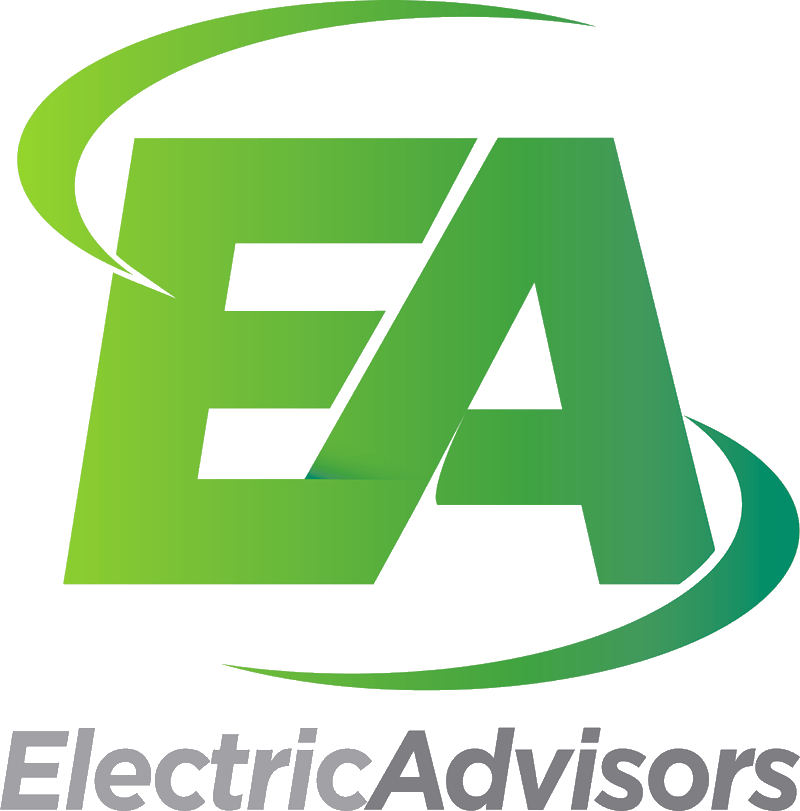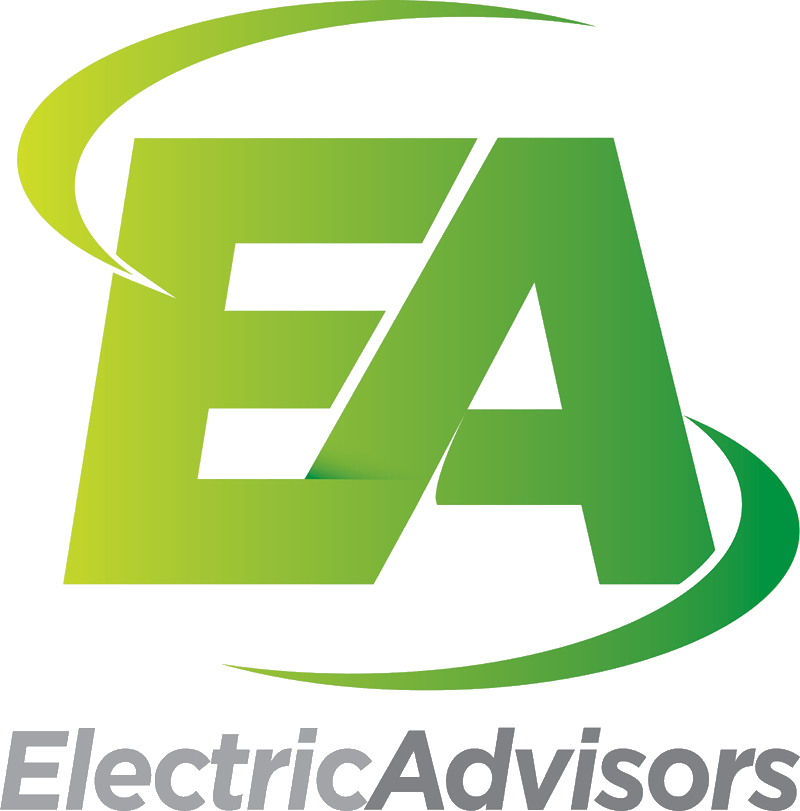Cooling Your Jets Could Cost You
While it’s hard to focus on anything with scorching temperatures across the DC area, utilities have an important message for consumers. Due to the heat, today’s collective electricity usage has the potential to become one of this year’s peak load periods.
What is a Peak Load Period?
Peak load periods are a look back at your previous year’s electricity consumption and determining the days with the highest demand. The PLC’s have significant influence on your future pricing. The peak load contribution, or PLC tag, is a value that is used to calculate your future rates. In fact, the PLC tag has so much influence over rate calculation, that the PLC could raise the rates anywhere from 10 to 30%.
What Can We Do About It?
The Peak Load Period will most likely be calculated today from 3:00 pm to 6:00 pm. By reducing our energy usage during this period, we have the ability to reduce our overall costs for an entire year. This Peak Load Period is especially significant, as there are no potential peak days in the near future. In an effort to reduce both your energy costs, and our community’s energy costs as a whole, Electric Advisors recommends that you cut down on your energy usage. Turn the lights off, unplug unused devices, and let’s take a green step towards reducing our energy costs.




